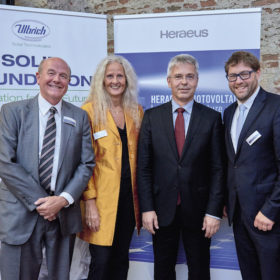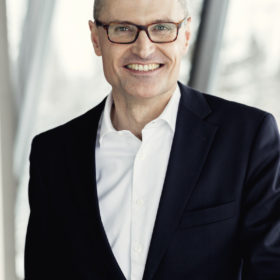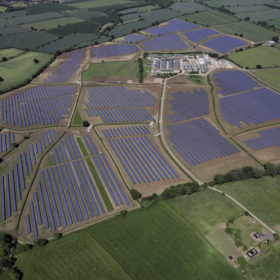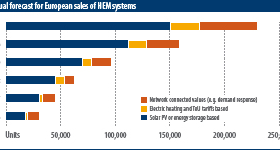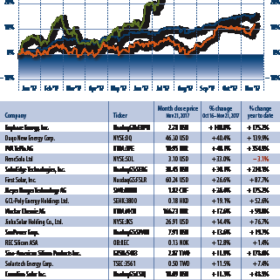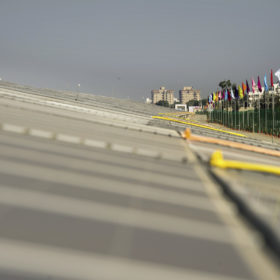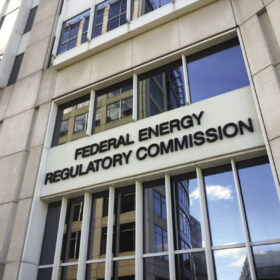Ribbon warriors
European manufacturing: In 2007 U.S. specialty metals and PV ribbon manufacturer Ulbrich decided to fund an Austrian startup from the state of Burgenland with a compelling business plan to produce advanced PV ribbons in the heart of Europe. Now 10 years later, the success of this venture was cause for celebration at Forchtenstein Castle in Burgenland. In addition to celebrating a decade of Ulbrich of Austria, participants were treated to an informative one day Photovoltaic Module Conference.
A new outlook for the energy transition
Global energy economy: At the 2017 Solar Power International show in Las Vegas, DNV GL presented its expansive global Energy Transition Outlook (ETO) report. The report plots the major reorganization of the world’s energy system, finding that wind and solar will each contribute one third of all electricity supply by 2050. The bad news is that, despite the shift we’re likely going to miss current climate goals. DNV GL Energy CEO Ditlev Engel and Solar Segment Director Ray Hudson spoke to pv magazine.
Tapping stored potential
UK energy policy: PV capacity growth in the U.K. has slowed significantly in 2017, and solar was entirely overlooked by the government in October’s Clean Growth Strategy announcement. However, a glimpse of hope is currently emerging via co-locating existing and new PV projects along energy storage. Are such hopes justified, and where should the U.K. solar market focus?
Storage growth signals
HEM in Europe: The home energy management (HEM) market is only just emerging in Europe. Storage system providers and HEM specialists have been the most active so far, but energy suppliers and heating manufacturers are now aligning themselves to enter the space in greater numbers. Energy consultants Delta-ee examine the emerging market for these systems in Europe.
Strong finish
Stock price index: Solar stocks outperformed the market last month. The Guggenheim Solar ETF (TAN) increased 13.5% versus the S&P 500 and Russell 2000, up 1.9%, and 1.1% respectively.
Buy or wait?
Module price index: This is the key question that confronts EPCs and installers nearly every late fall: which projects should be realized in the current year, and which can be postponed? How is module availability today, and how will it be in a few months? And of course: Where are prices headed?
Vulnerable solar markets and what makes them tick
Part I*: The wild and unruly U.S. solar marketplace. Why wild and unruly? With a dwindling manufacturing landscape but rising demand, the marketplace is looking increasingly imbalanced and vulnerable to the whims of global forces, thanks to poor decision-making at government level.
Price volatility shakes up India’s solar market
IHS Markit analysis: India’s shortage of PV modules in 2017 has challenged many PV developers that ventured into India after the 100 GW solar target was announced. As for the future, writes IHS Markit research and analysis manager Josefin Berg, the ongoing antidumping duty investigation clouds the visibility on pricing and complicates the bidding in new tenders. IHS Markit remains positive that the demand for PV in India will continue to grow, but volatility will remain.
Competition critical
2018 price forecast: The PV market witnessed strong demand in 2017. After going through the peak-selling season from April to September, demand began to decline in Q4. Chinese manufacturers are now getting ready for next year.
Trump versus solar
U.S. energy policy: The Trump Administration is currently making a number of significant policy changes that intersect with solar and other forms of renewable energy. pv magazine attempts to separate the real dangers to the solar market from the more superficial phenomena.
